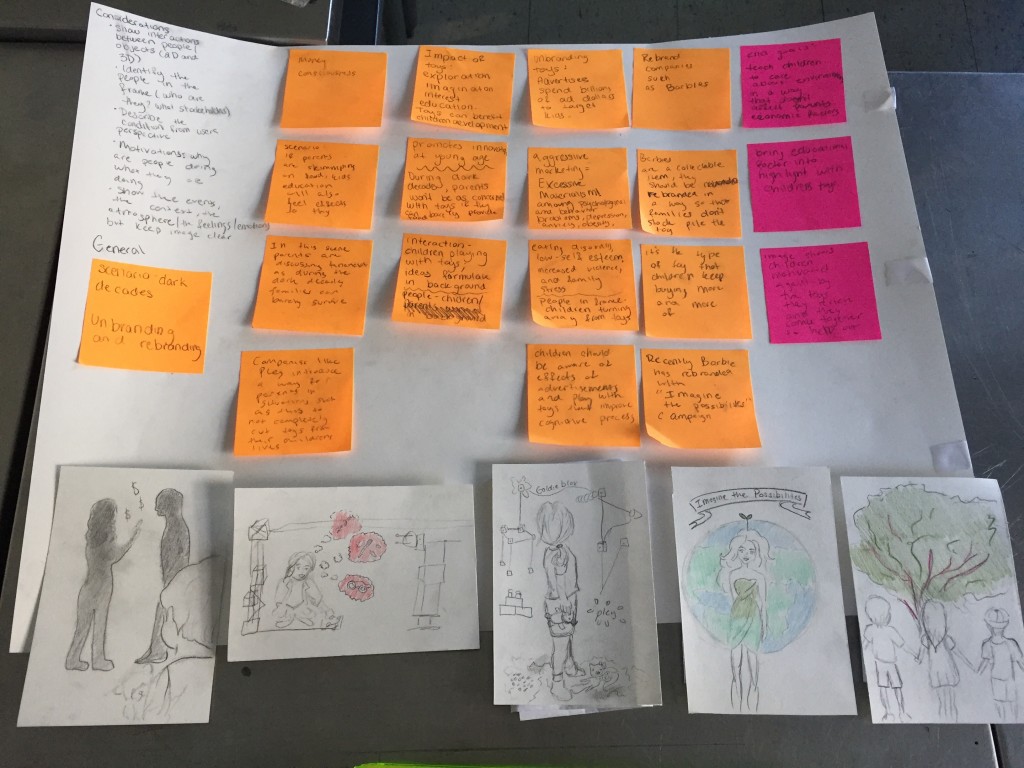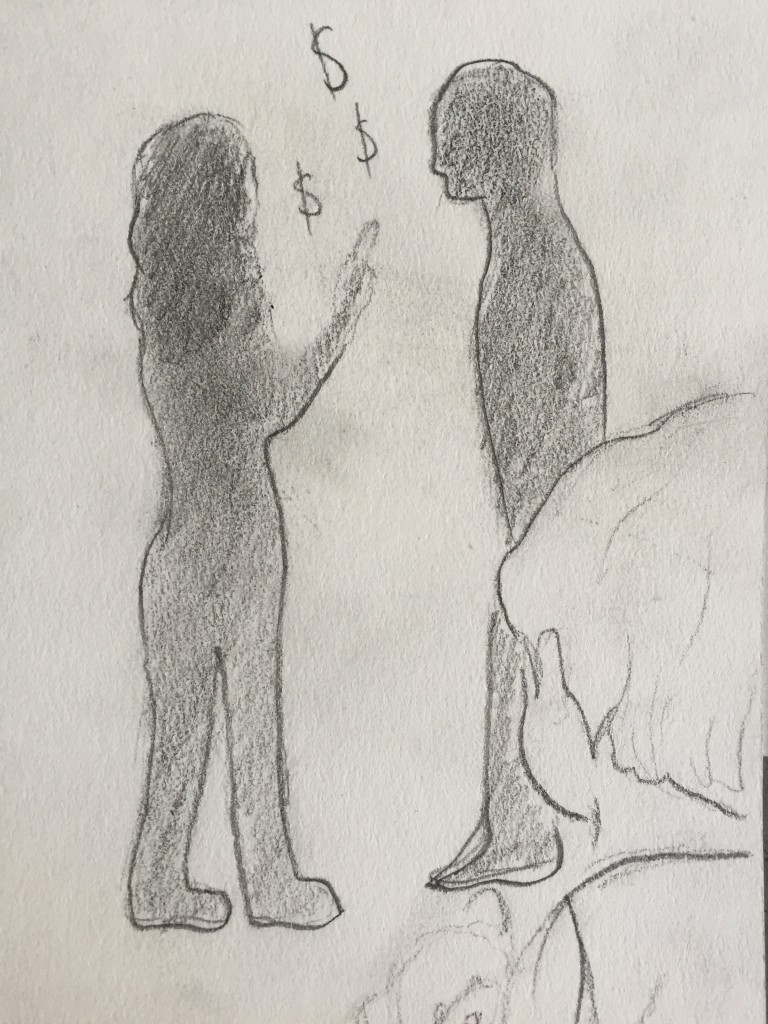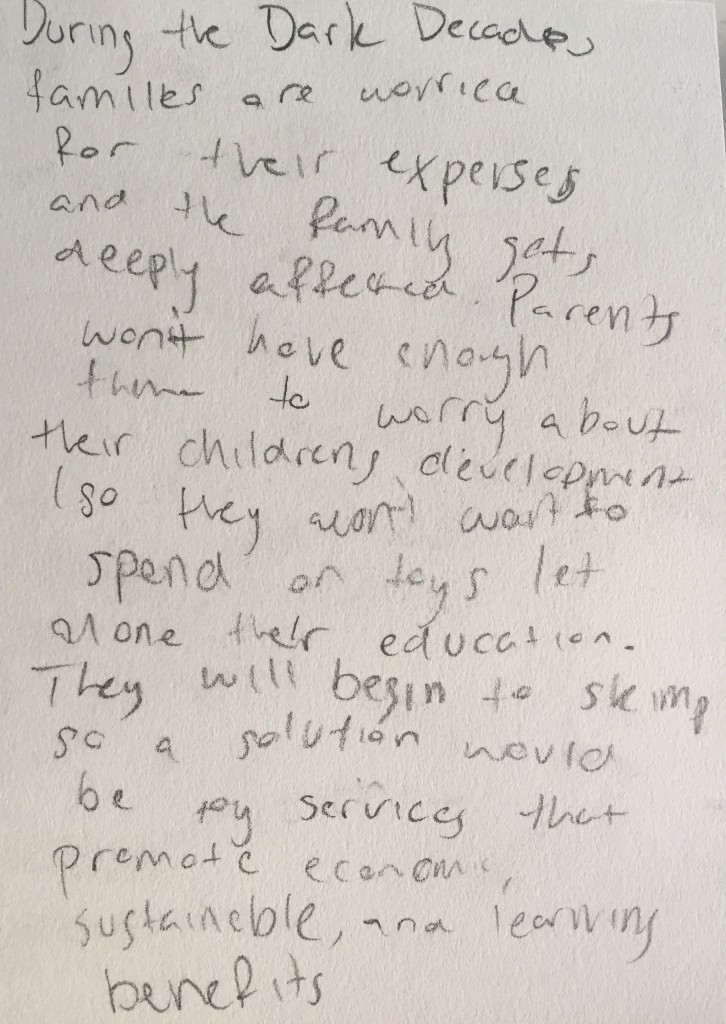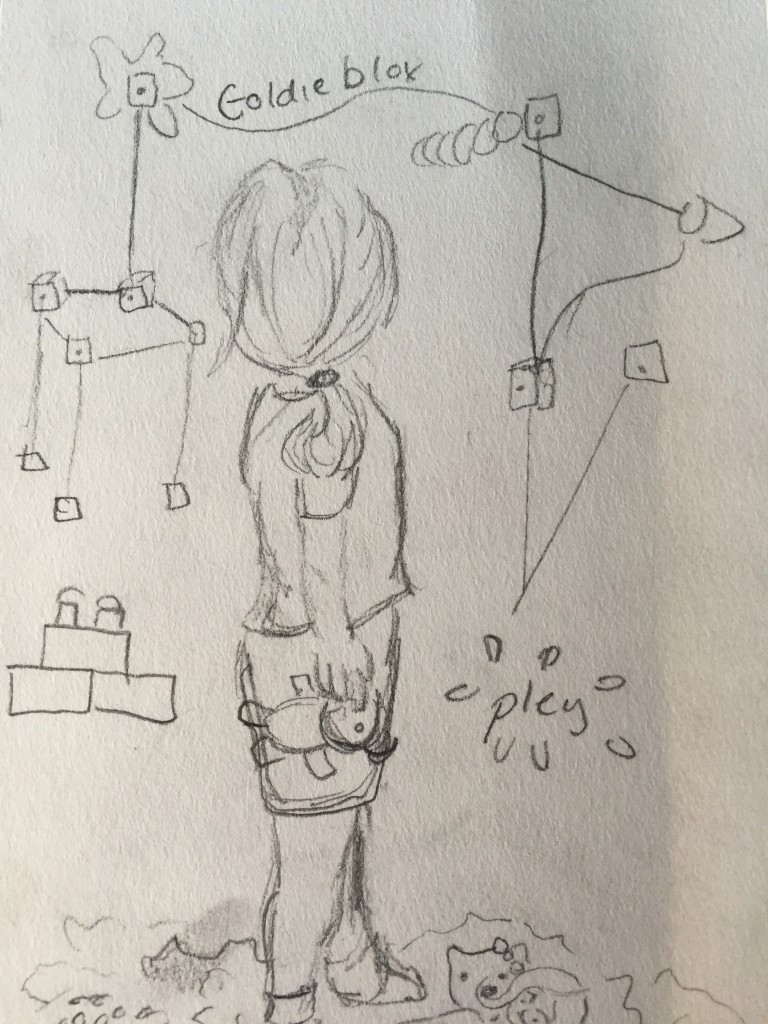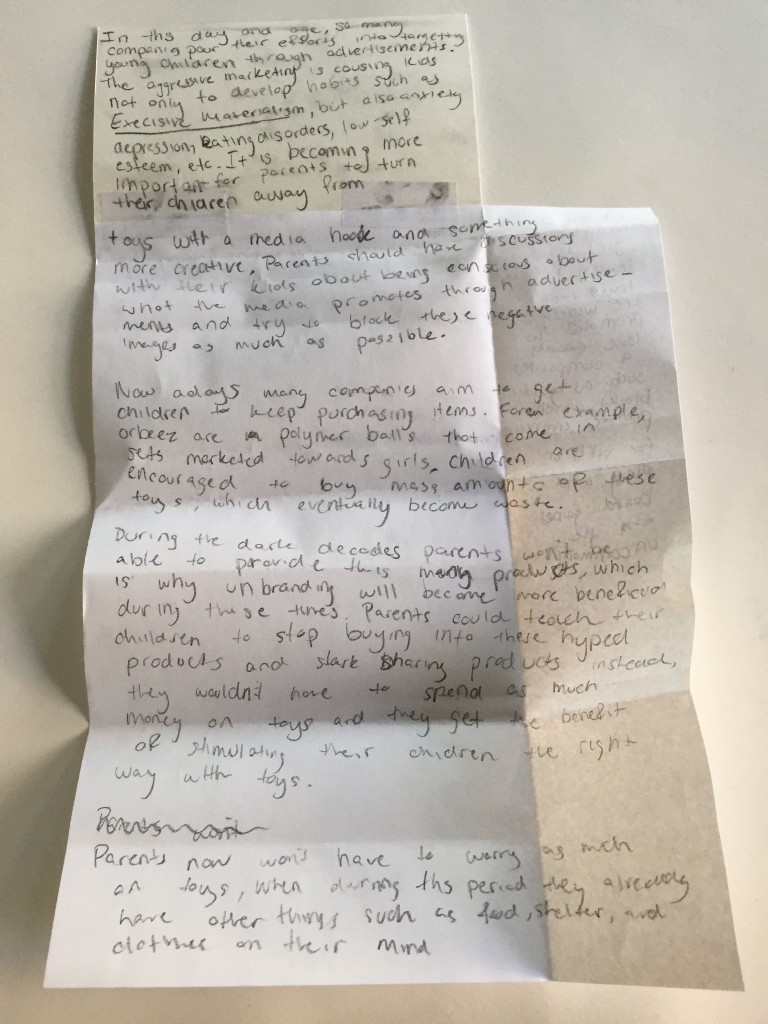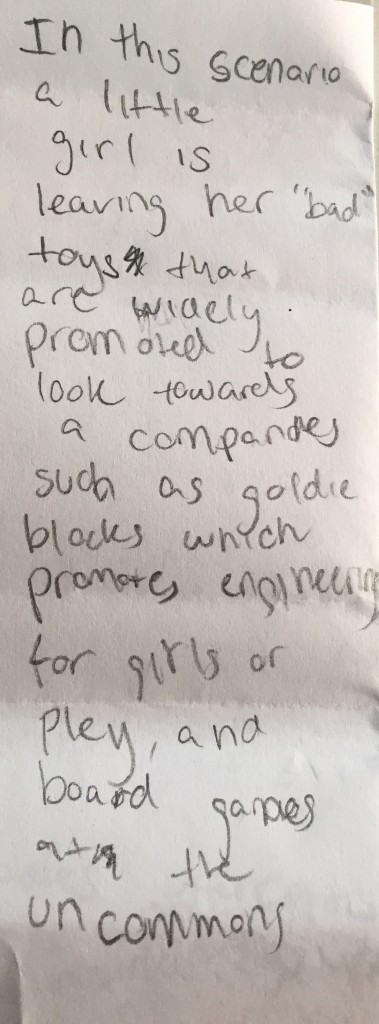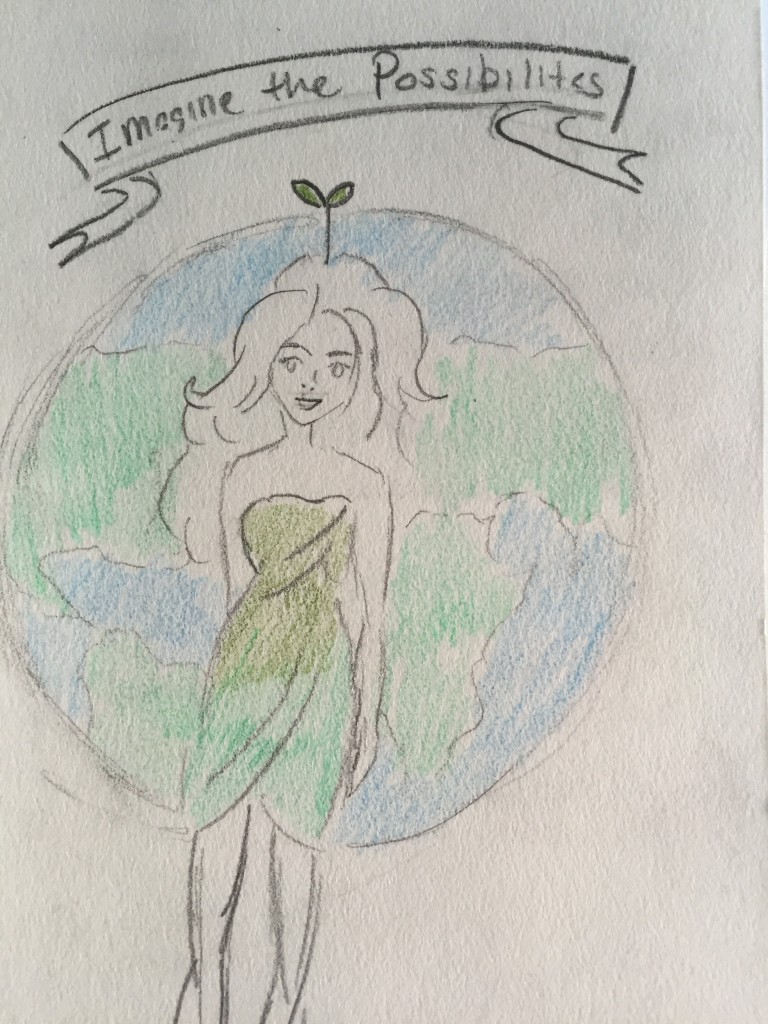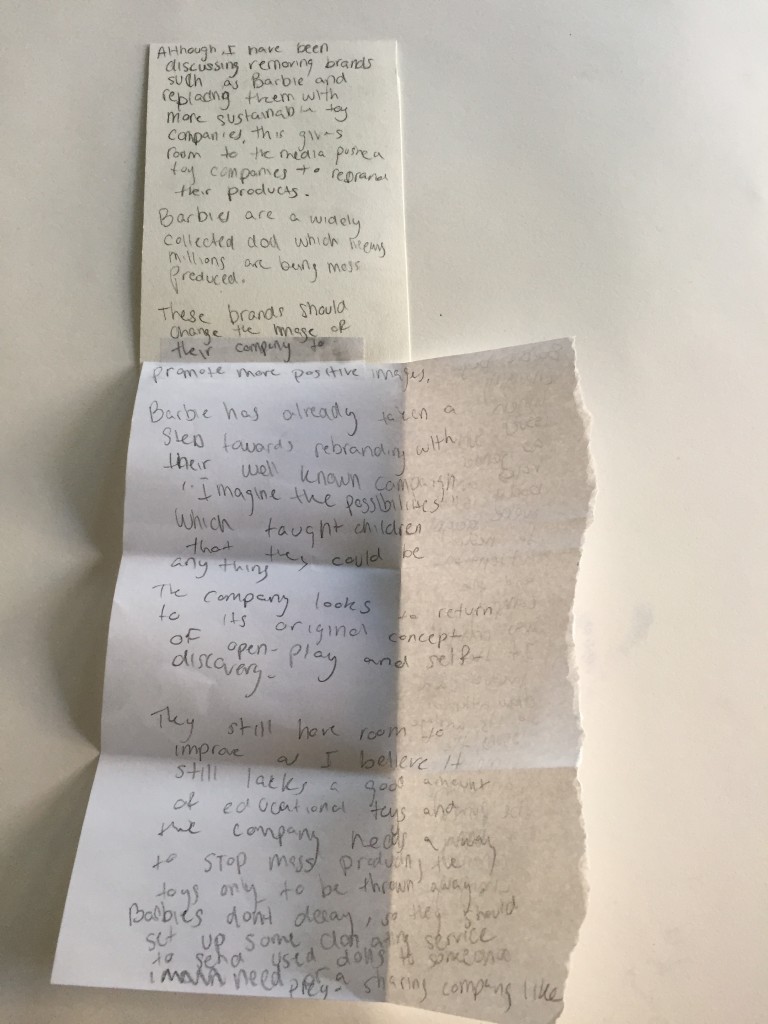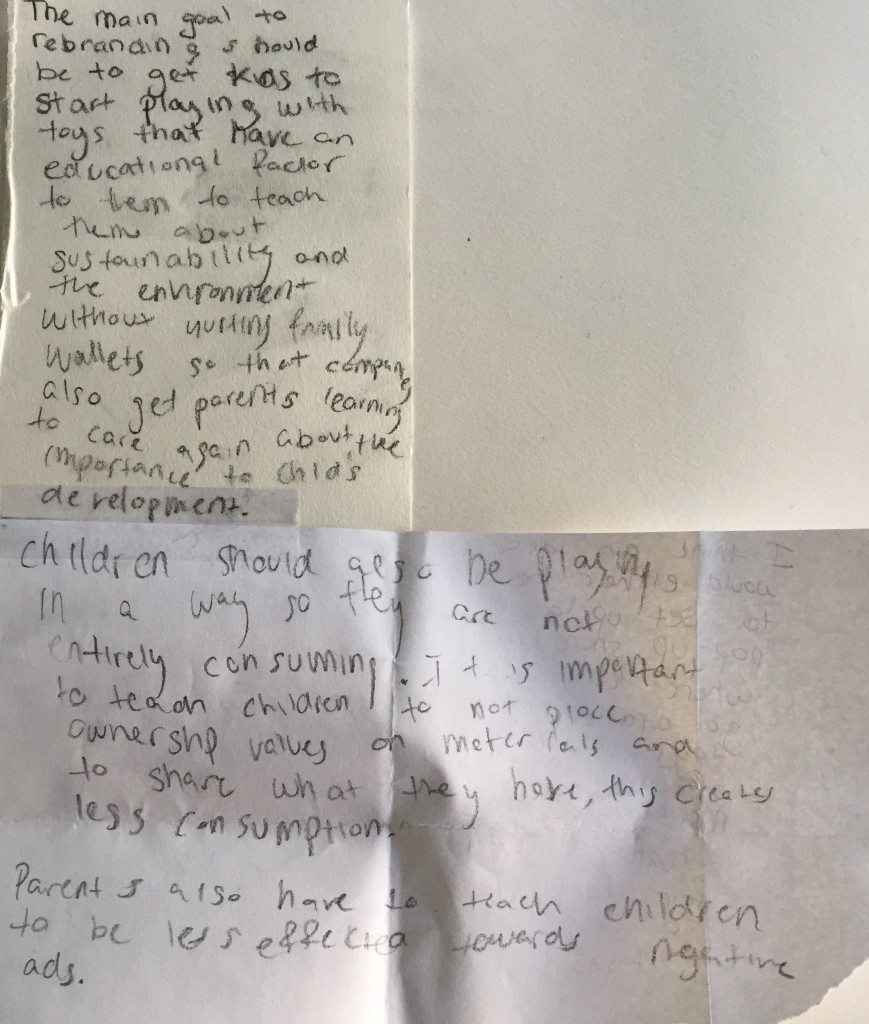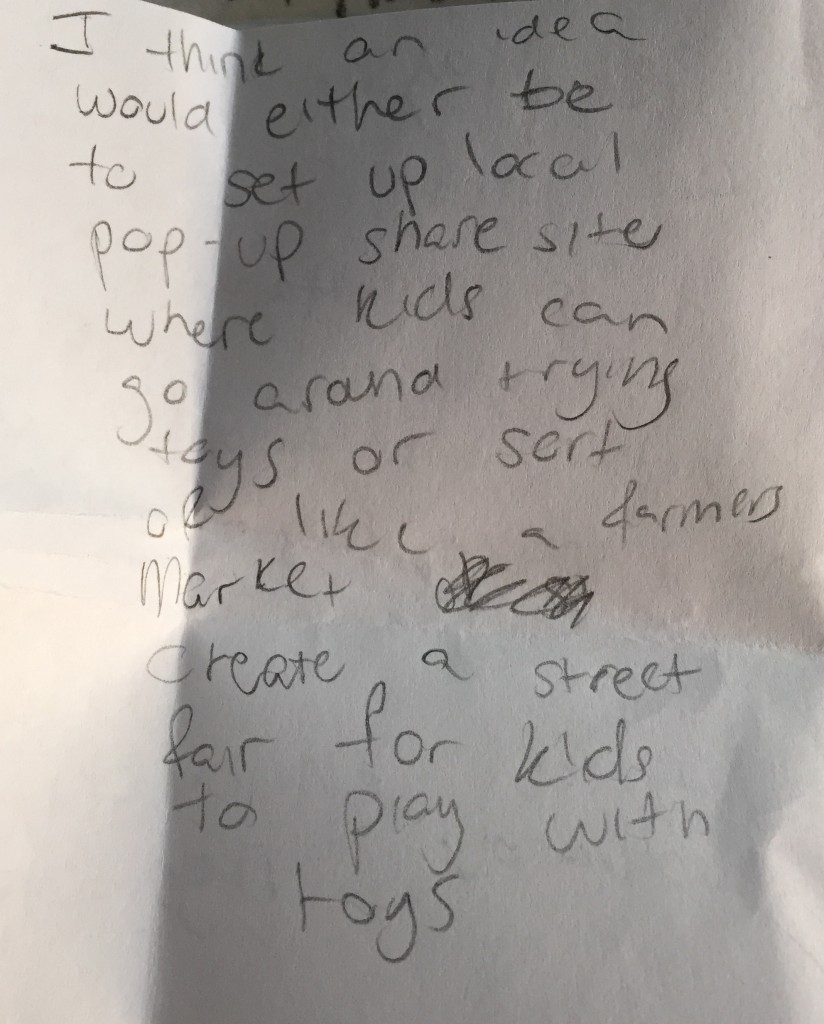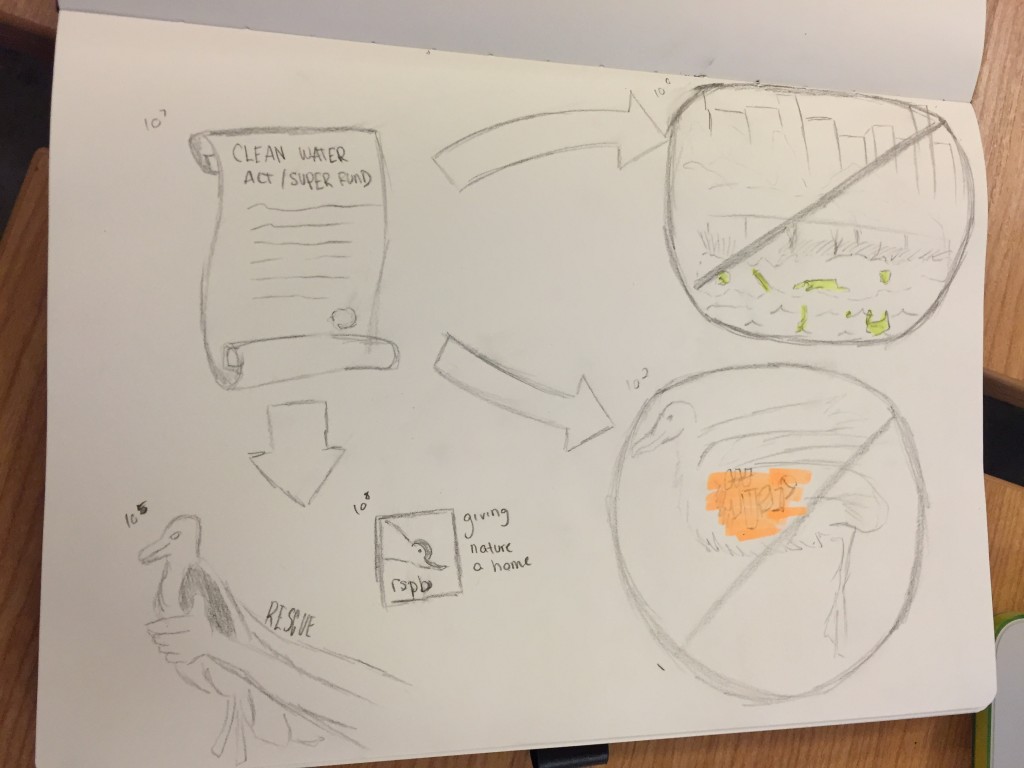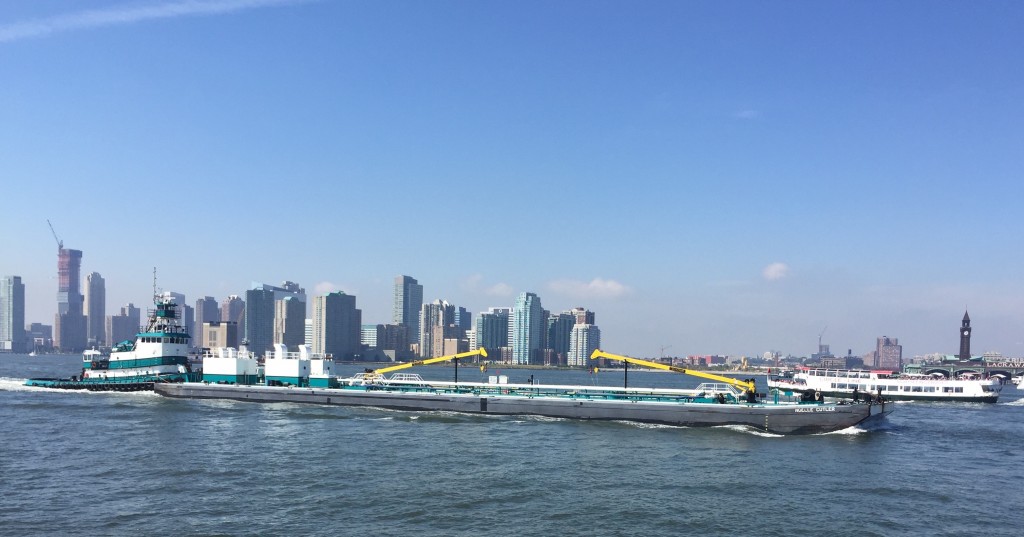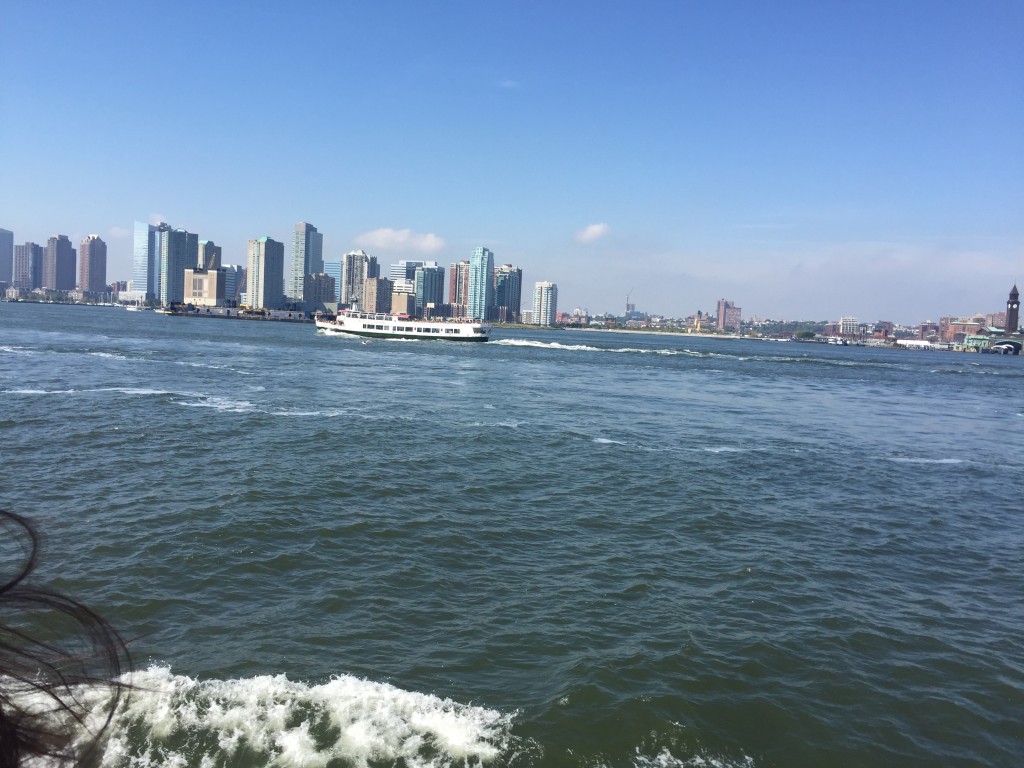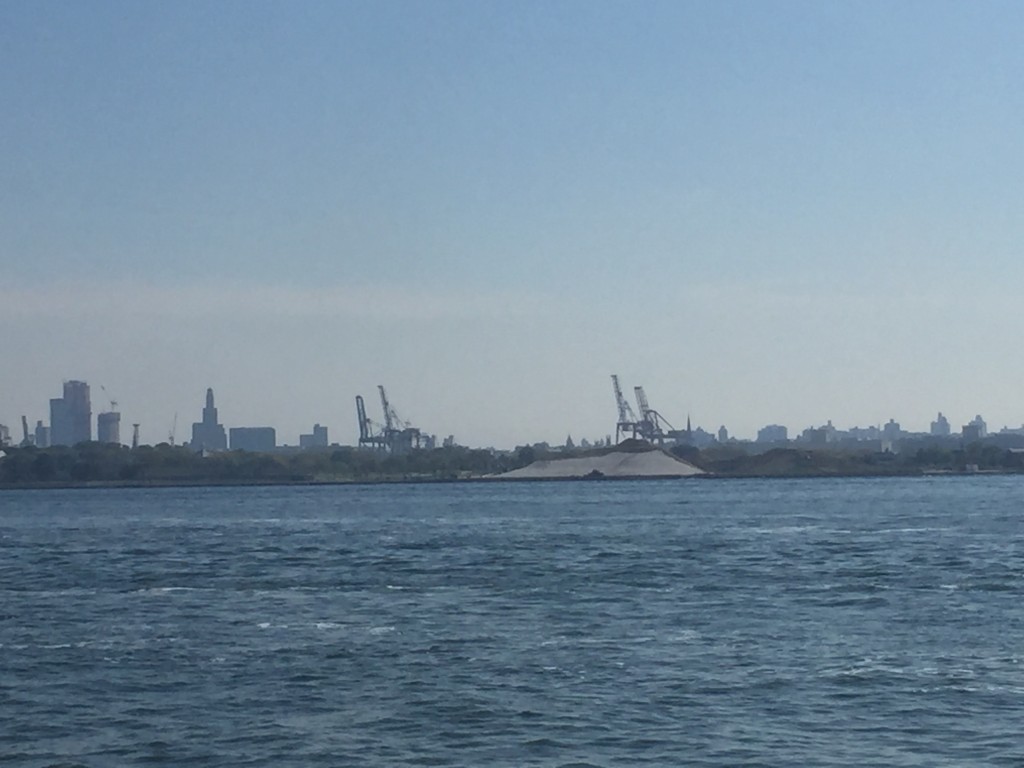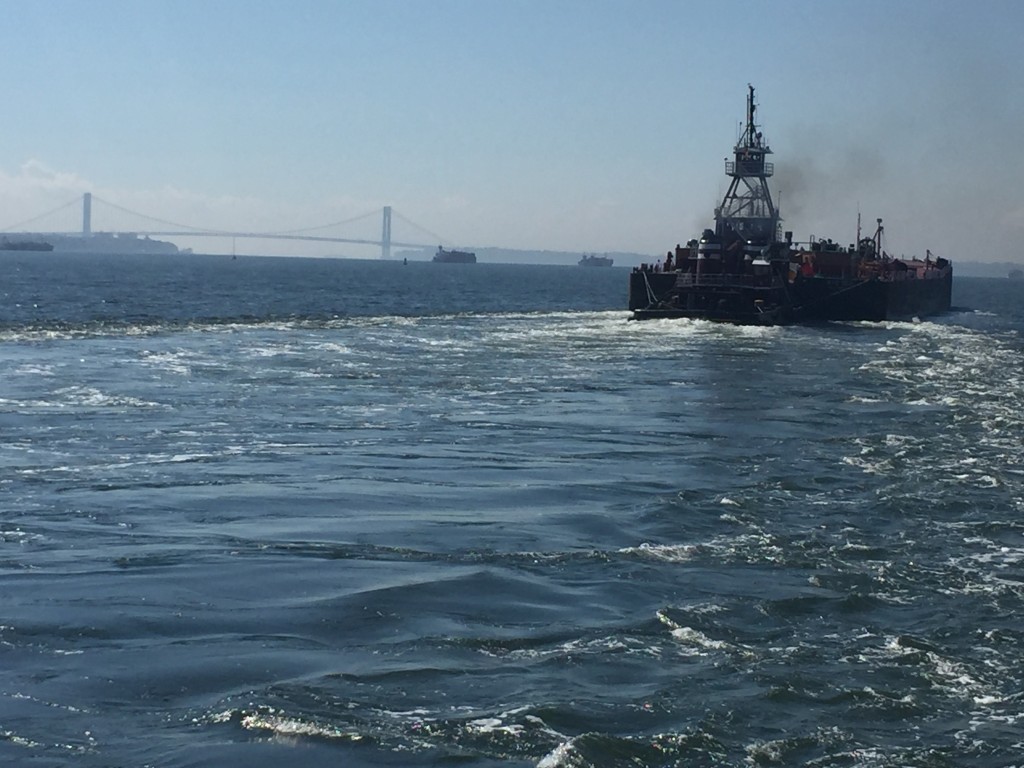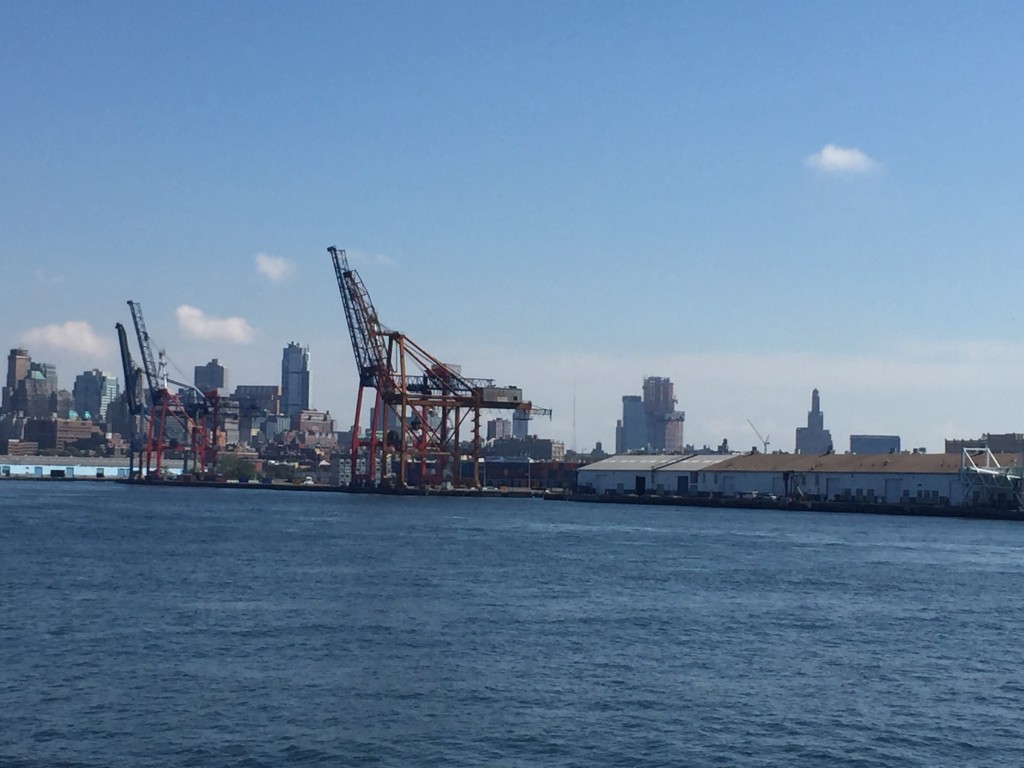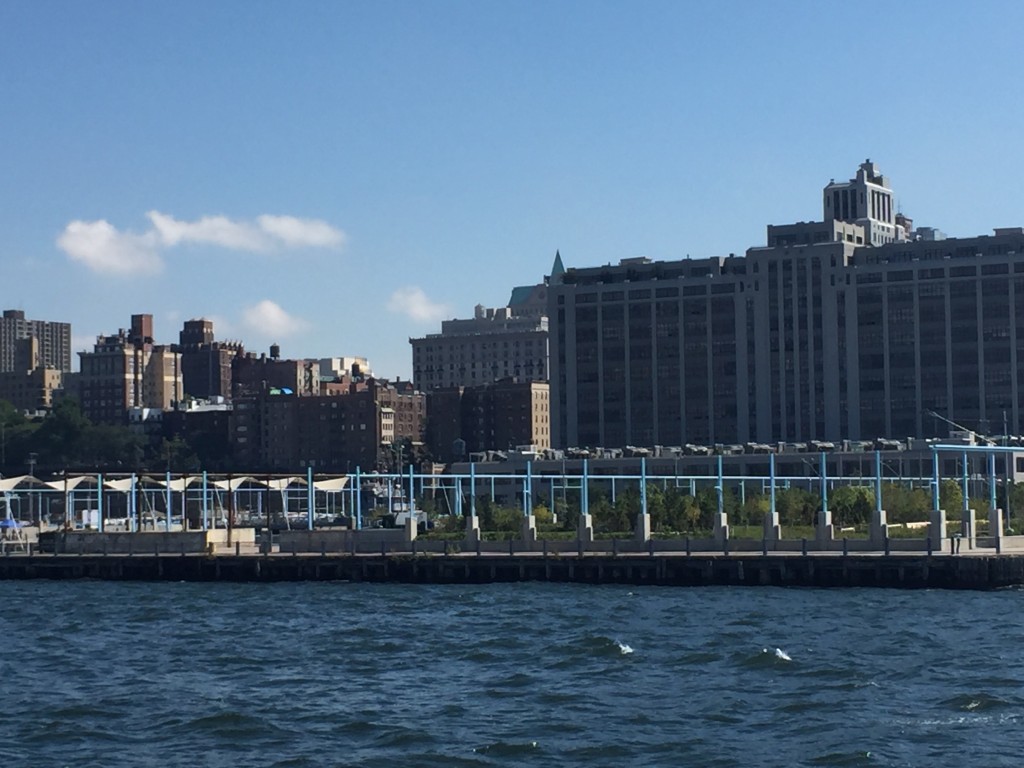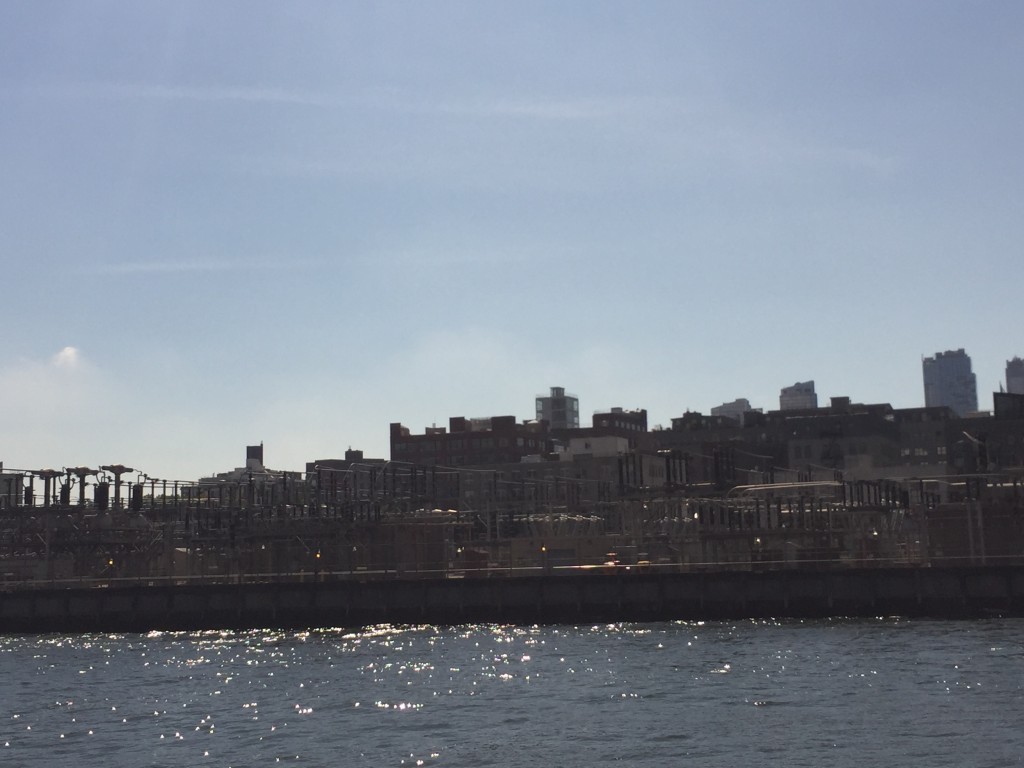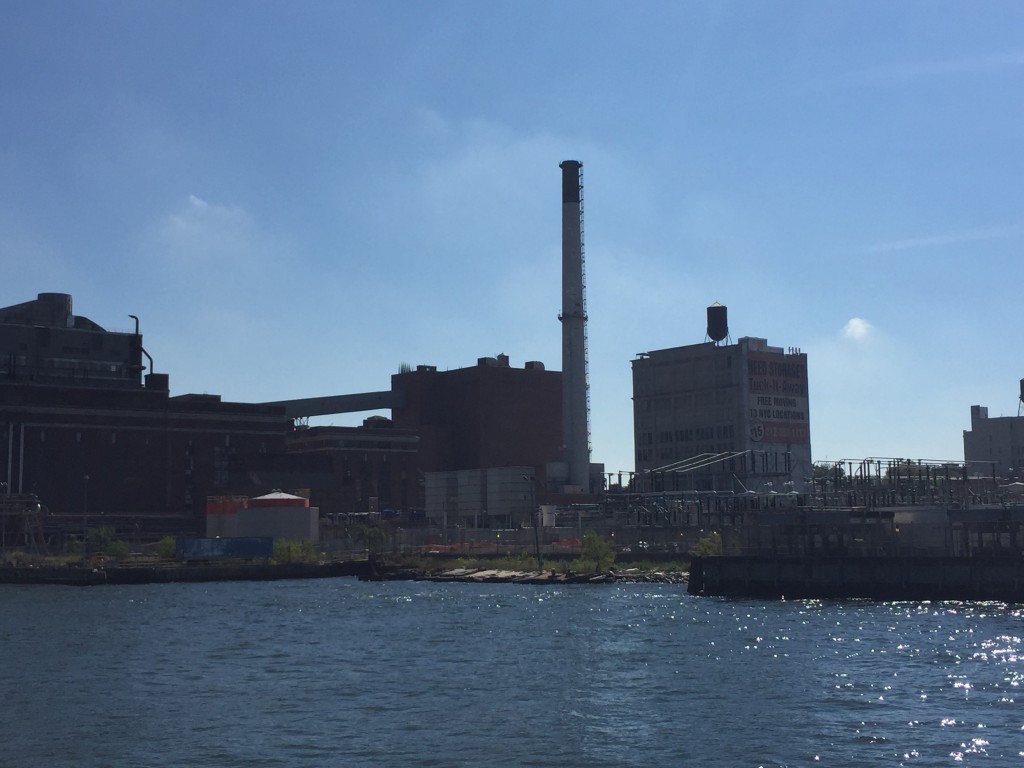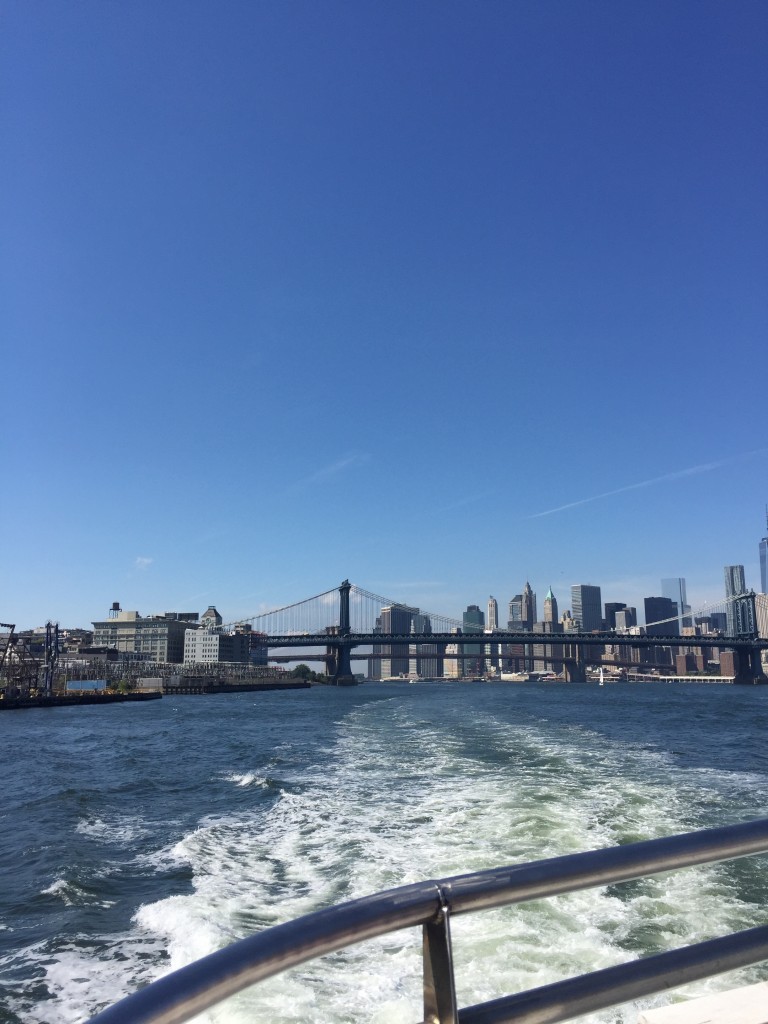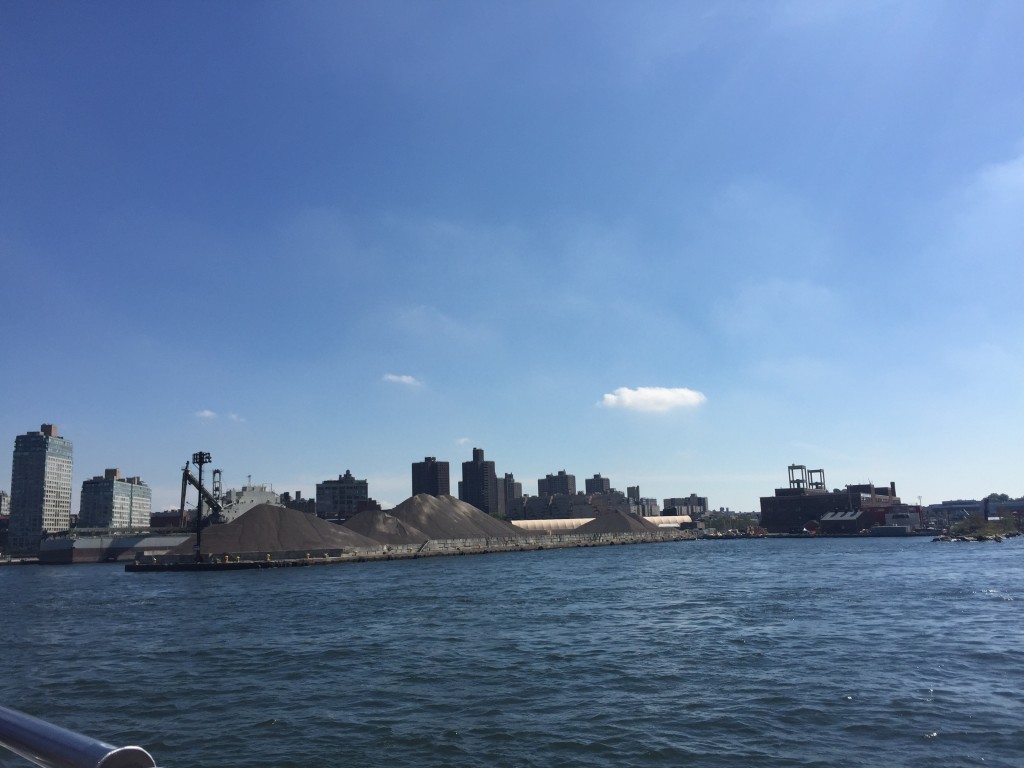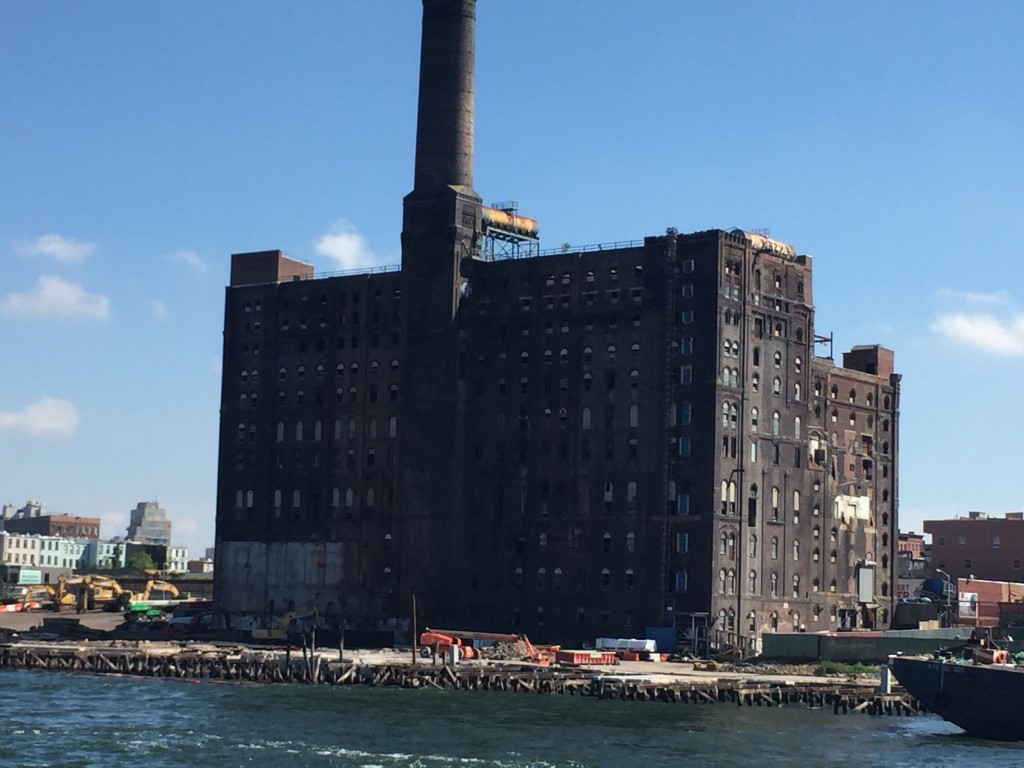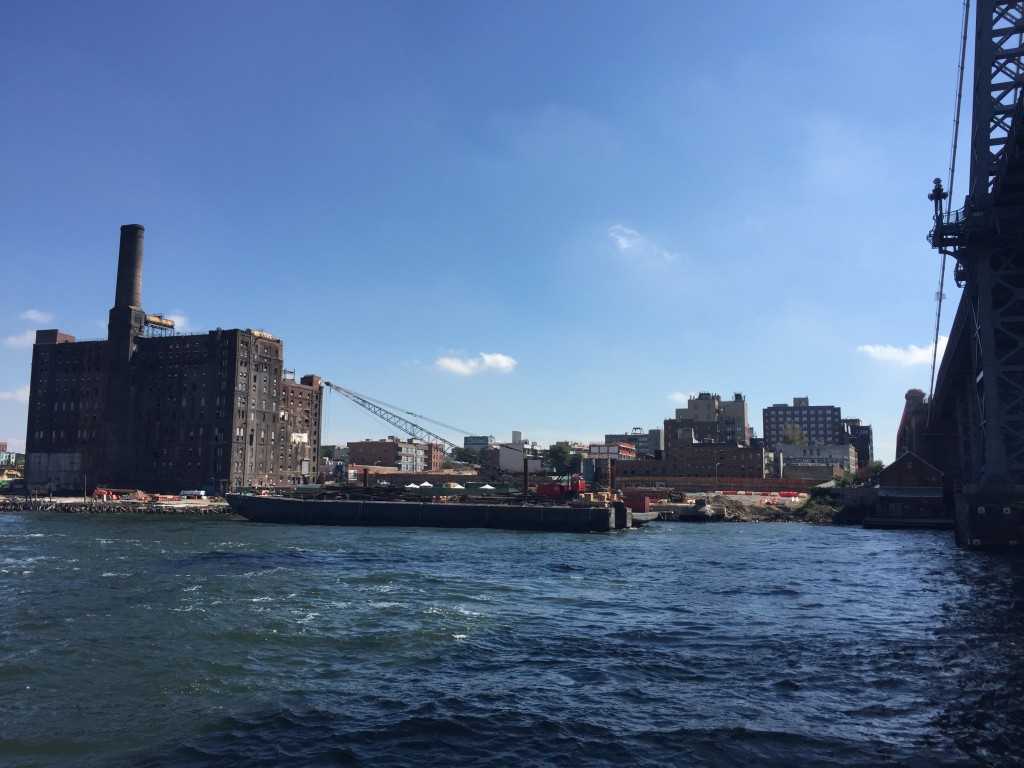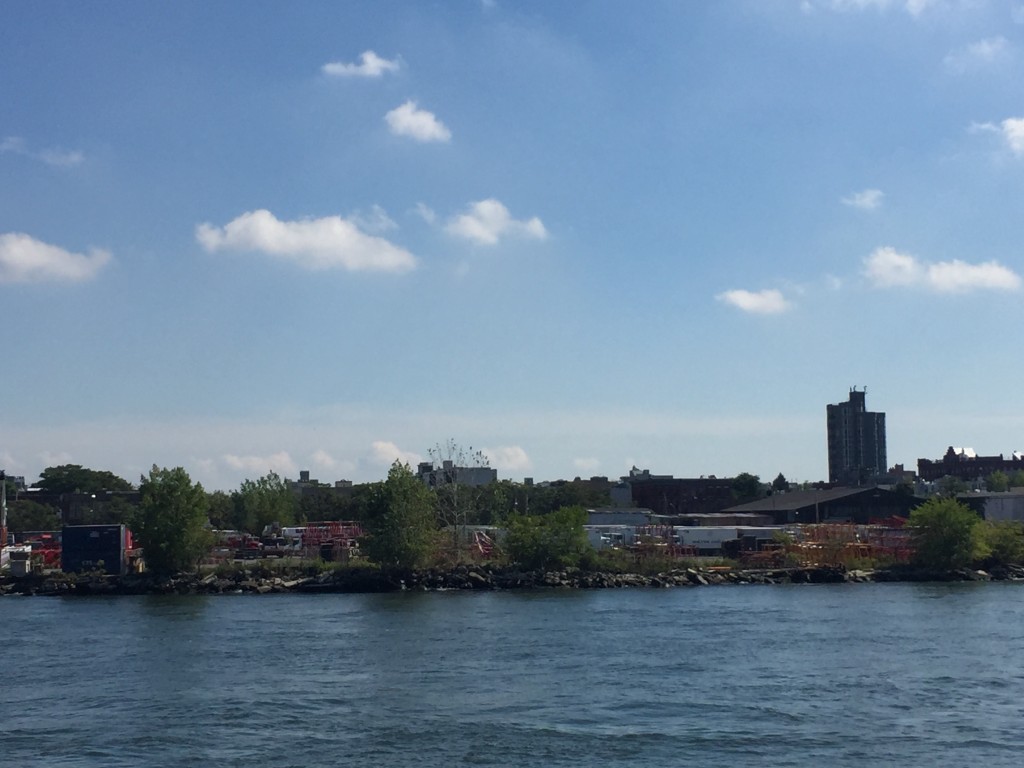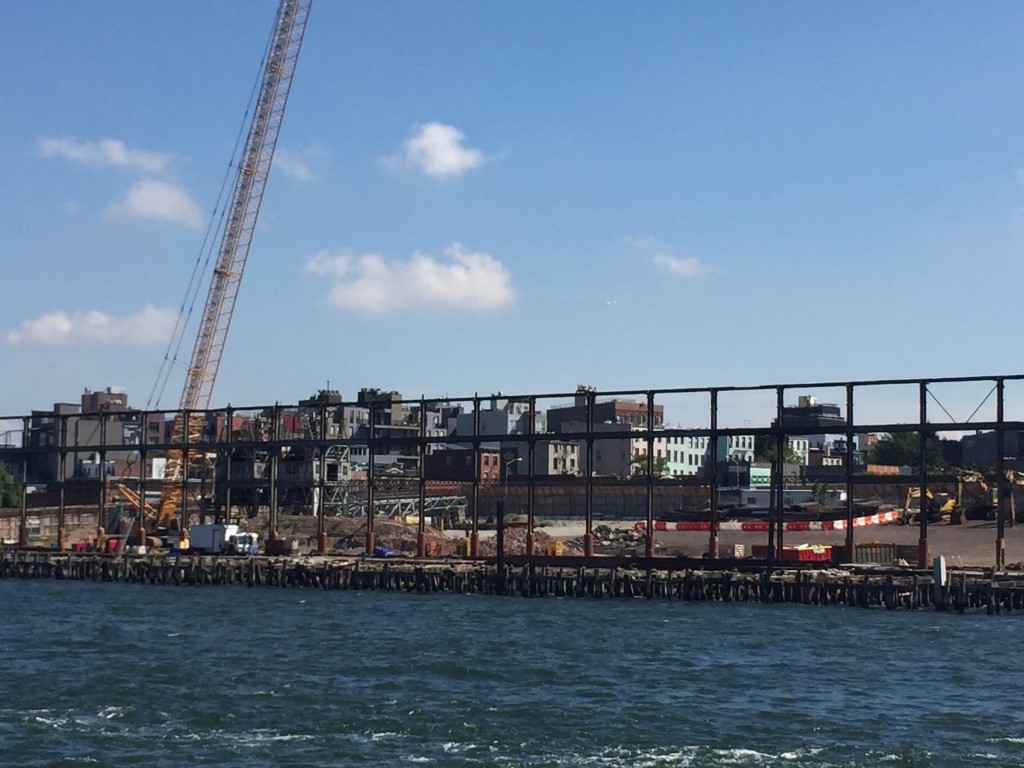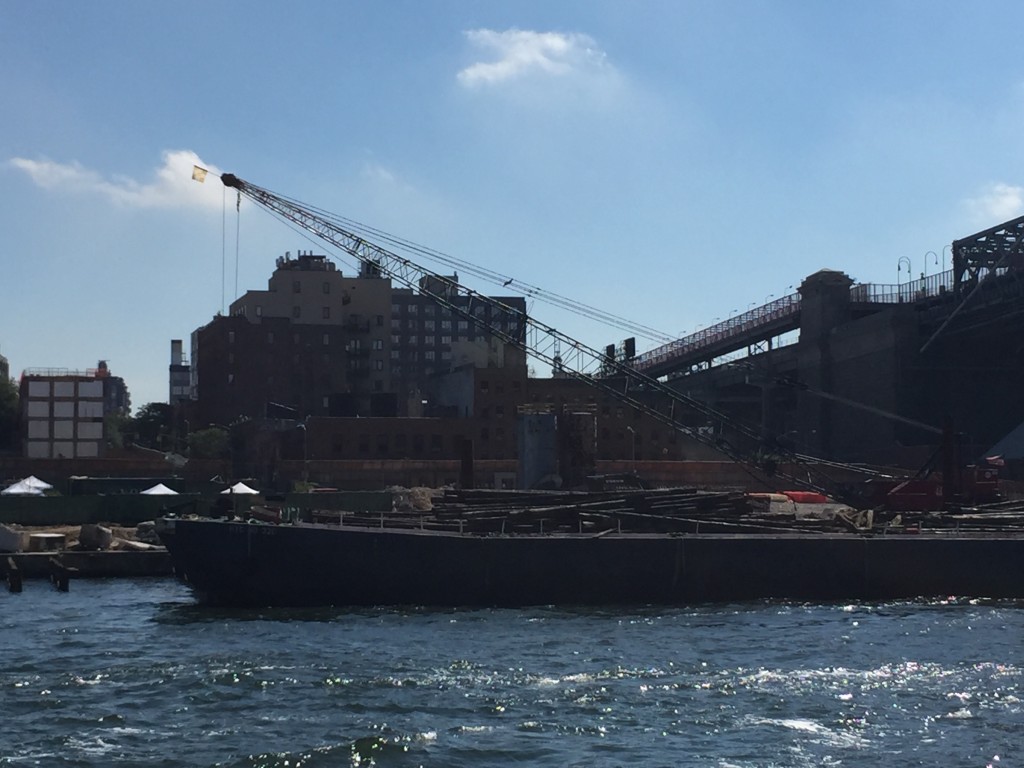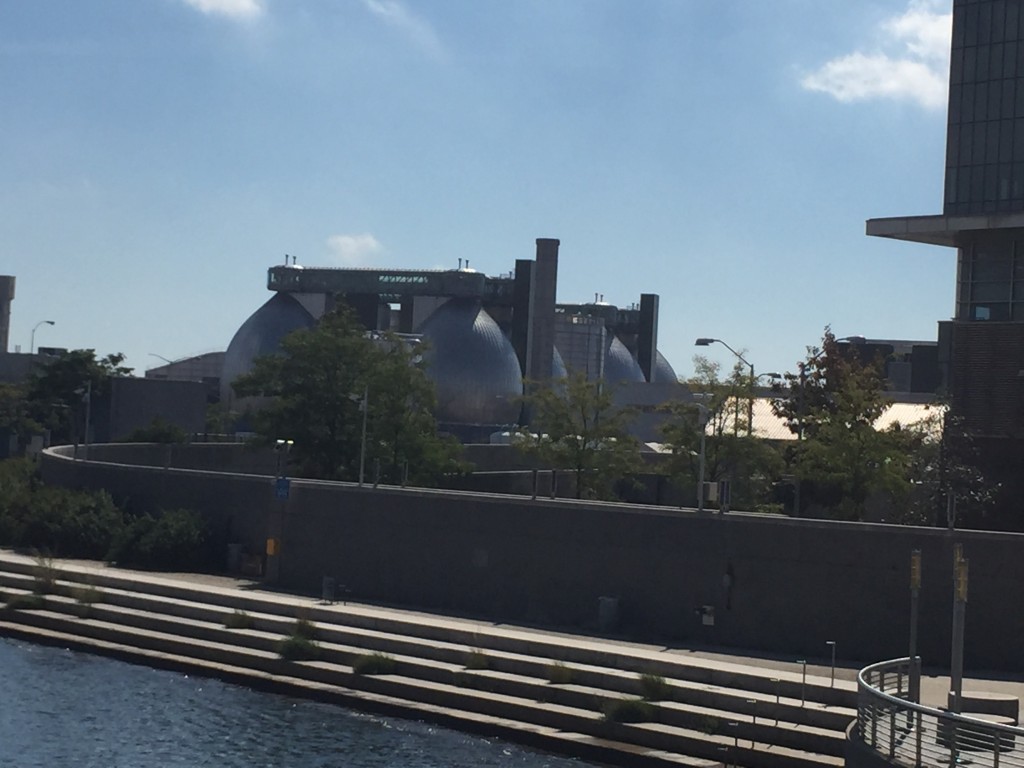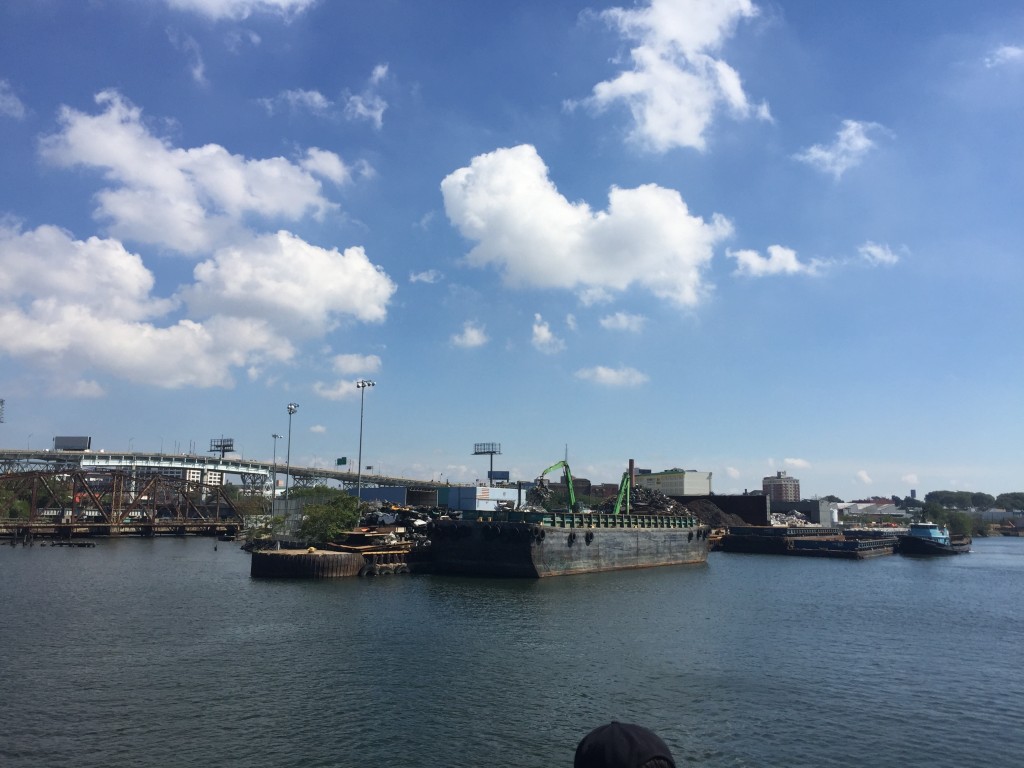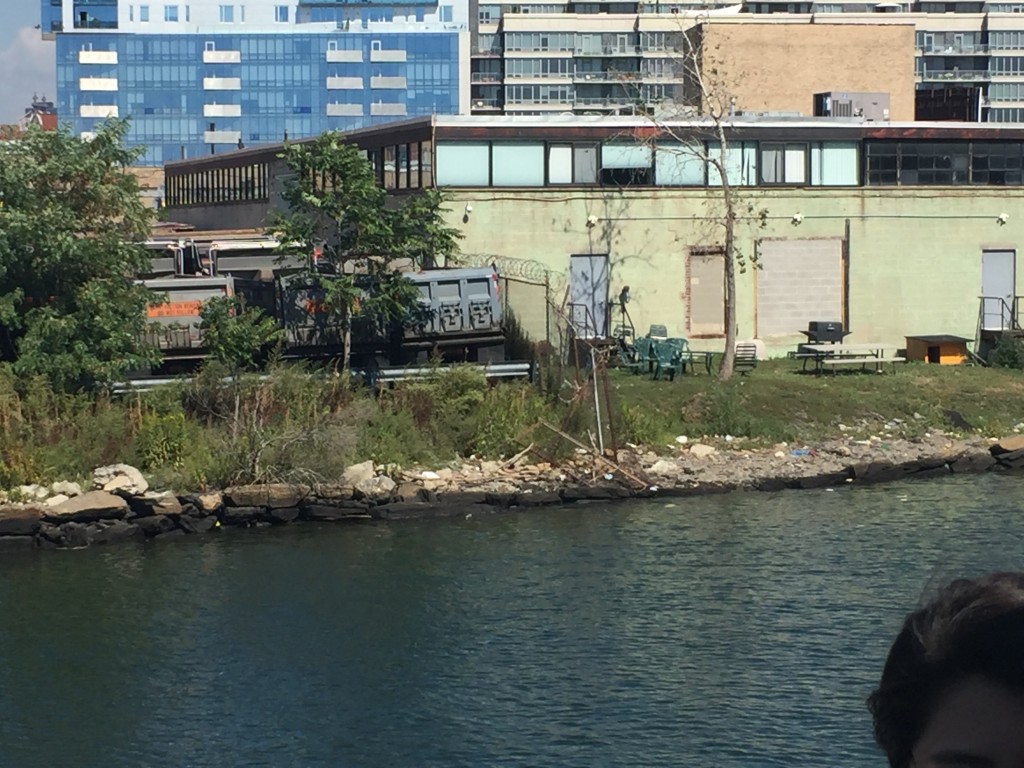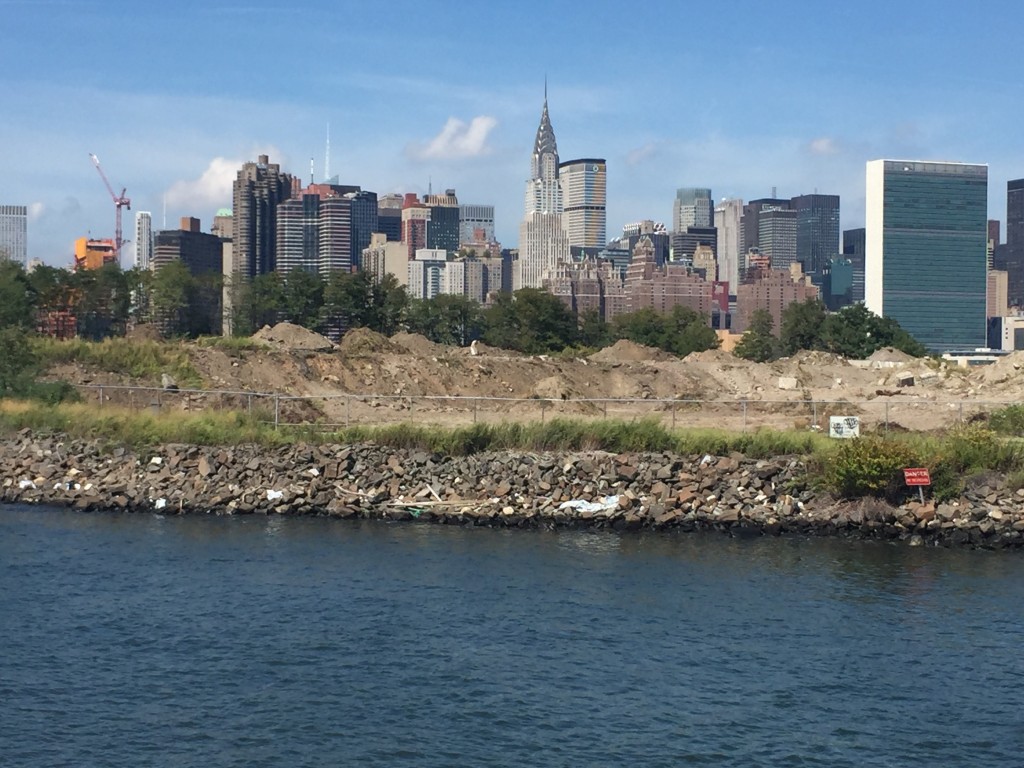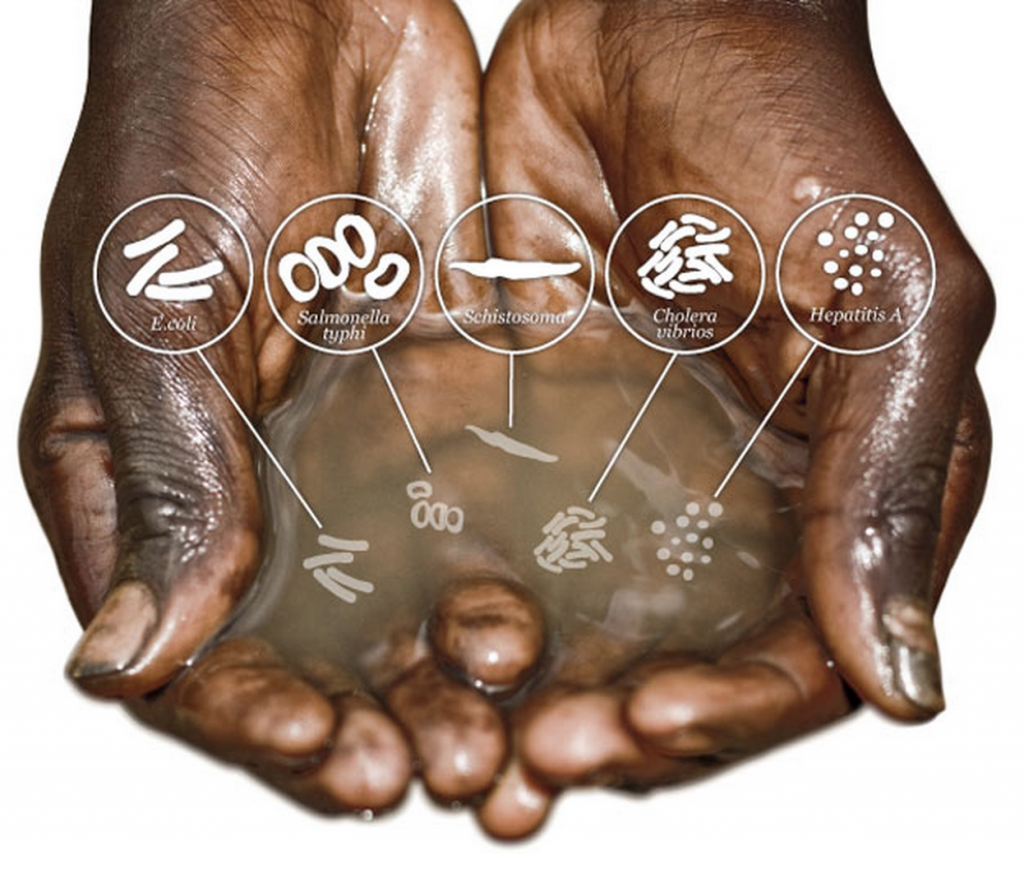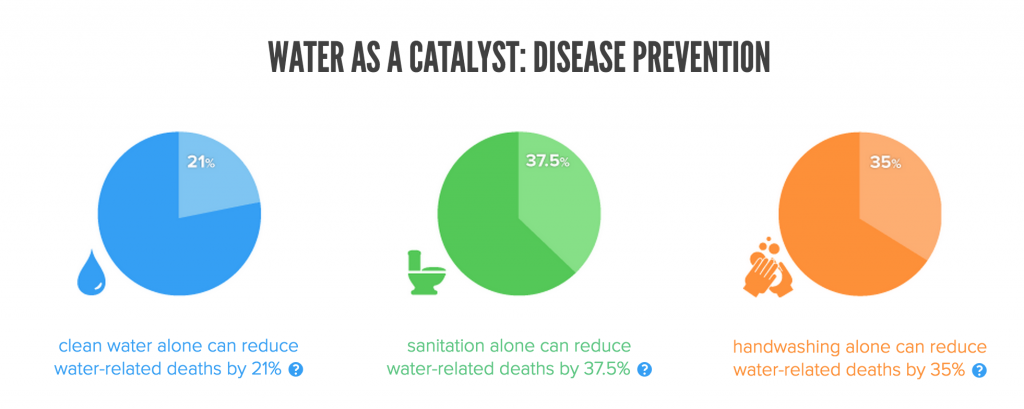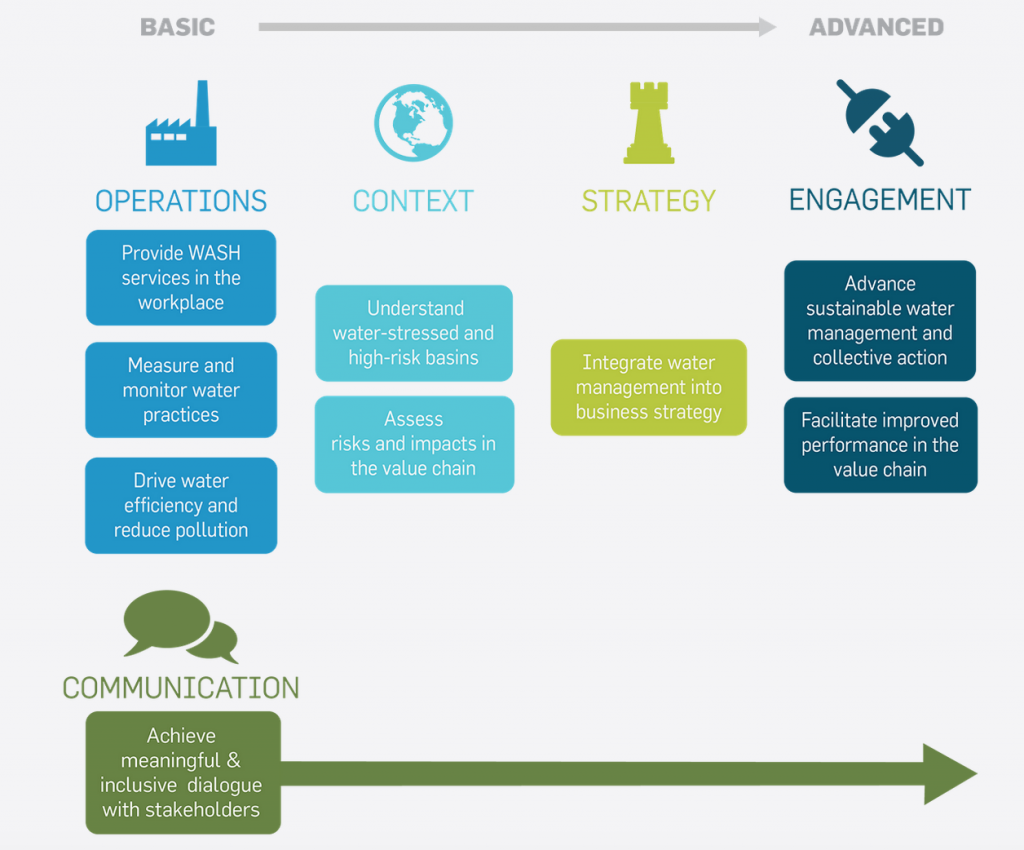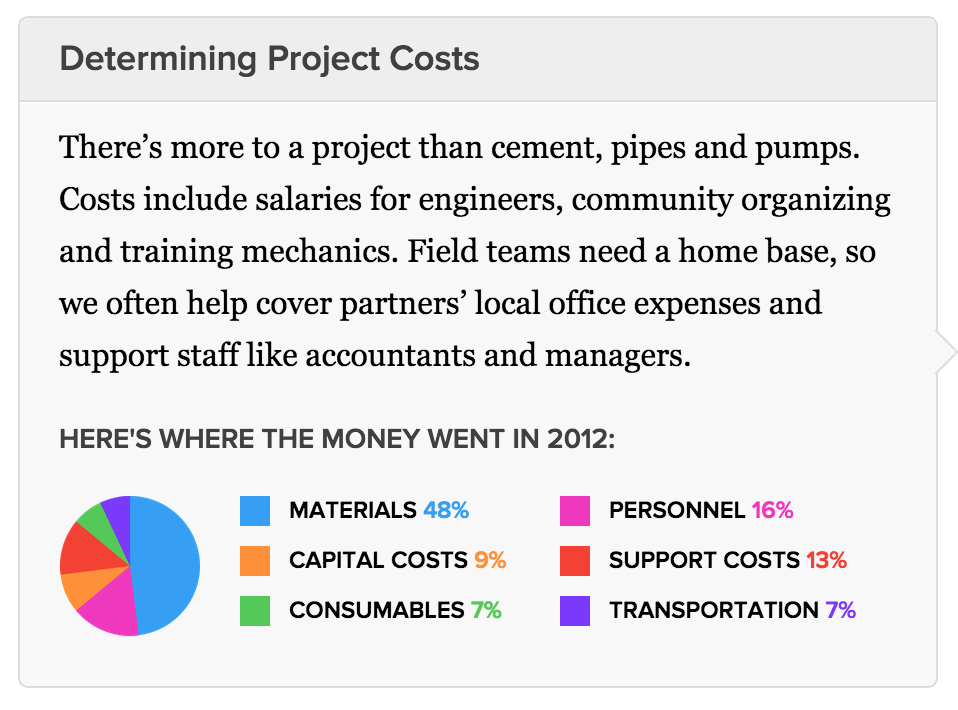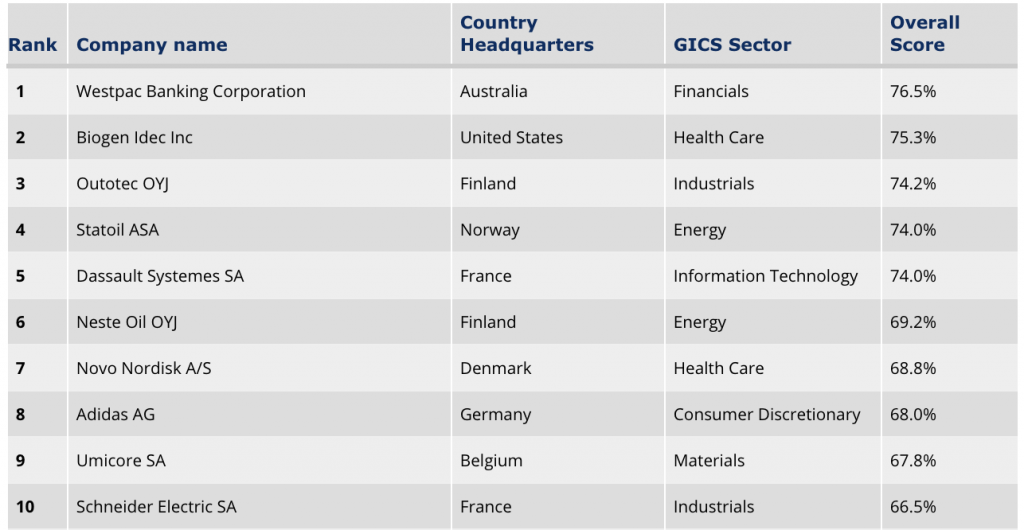I had a hard time scanning in these post cards because of their size, so instead, at the bottom of each photograph I rewrote what was written in each postcard to make it easy to read instead of my handwriting.
During the Dark Decades, families are worried for their expenses and the family gets deeply effected. Parents won’t have enough time to worry about their children’s development, so they won’t want to spend on toys let alone their education. They will begin to skimp, so a solution would be toy services that promote economic, sustainable, and learning benefits.
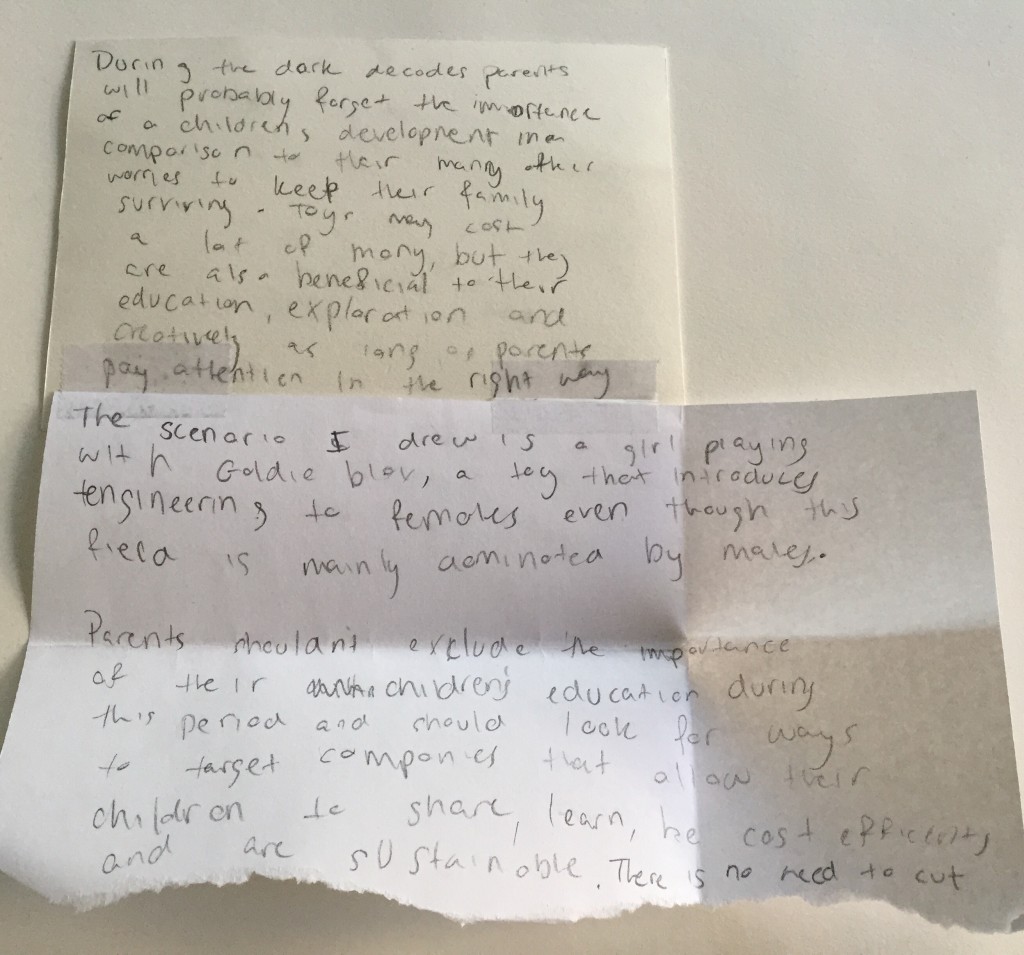 During the dark decades, parents will probably forget the importance of a child’s development in comparison to their many other worries to keep the family surviving. Toys may cost a lot of money, but they are also beneficial to their kid’s education, exploration and creativity as long as parents pay attention in the right way.
During the dark decades, parents will probably forget the importance of a child’s development in comparison to their many other worries to keep the family surviving. Toys may cost a lot of money, but they are also beneficial to their kid’s education, exploration and creativity as long as parents pay attention in the right way.
The scenario I drew is a girl playing with Goldie Blox, a toy that introduces engineering to females even though the field is mainly dominated by males.
Parents shouldn’t exclude the importance of their child’s development during this period and should look for ways and solutions to target companies that allow their children to share, learn , be cost, and are sustainable. There is no need to cut.
In this day and age, so many companies pour their efforts into targeting young children through advertisement. The aggressive marketing is causing kids not only to develop habits such as excessive materialism, but also anxiety, depression, eating disorders, low self-esteem, etc. It is becoming more important for parents to turn their children away from toys with a media hook and something more creative. Parents should have discussions with their kids about being conscious about what the media promotes through advertisements and try to block these negative images as much as possible.
Now a days , many companies aim to get children to keep purchasing items. For example, Orbeez are polymer balls that come in sets marketed towards girls. Children are encouraged to buy mass amounts of these toys, which eventually become waste.
During the Dark Decades parents won’t be able to provide this many products, which is why unbranding will become more beneficial during these times. Parents could teach their children to stop buying into these hyped products an start sharing products instead, they wouldn’t have to spend as much money on toys and they get the benefit of always stimulating their children the right way with toys.
Parents now won’t have to worry as much on toys, when during this period they already have other things such as food, shelter, and clothes on their mind.
In this scenario a little girl is leaving her “bad” toys that are widely promoted to look towards a company such as Goldie Blox which promotes engineering for girls or Pley, and board games at The Uncommons.
Although I have been discussing removing brands such as Barbie and replacing them with more sustainable toy companies, this gives room to media preferred toy companies to rebrand their products. Barbies are widely collected dolls, which means millions are being mass produced These brands should change their image their company to promote more positive images.
Barbie has already taken a step towards rebranding with their well known company “Imagine the Possibilities”, which taught children that they could be anything. The company looks to return to its original concept of open-play and self-discovery.
They still have room to improve as I believe it still lacks a good amount of educational toys and the company needs a way to stop mass producing the toys only to be thrown away. Barbie’s don’t decay, so they should set up some sort of donation service to send to send used dolls to someone in need or a sharing company like Pley.
Barbie began changing when issues such as gender roles and body issues were brought to media attention and the company was critiqued. If the media can draw attention to its wastage issues, the company can change and be pushed to continue changing.
The main goal to rebranding should be to get kids to start playing with toys that have an educational factor to them to teach them about sustainability and the environment without hurting the family’s wallet so that companies also get parents learning to care again about the importance to child’s development.
Children should also be playing in a way so that they are not entirely consuming all the time. It is important to teach children to not place ownership values on materials and to share what they have, this creates less consumption.
Parents also have to teach children to be less effected towards negative ads.
I think an idea would either be to set up local pop-up share sites where kids can go around trying toys or a sort of farmer’s market and create a street fair for kids to play with toys.
